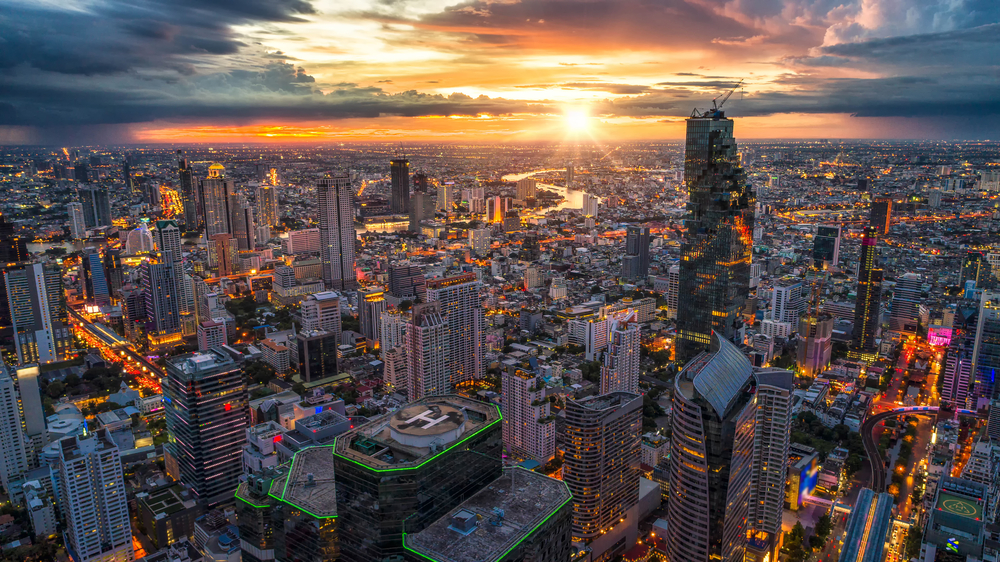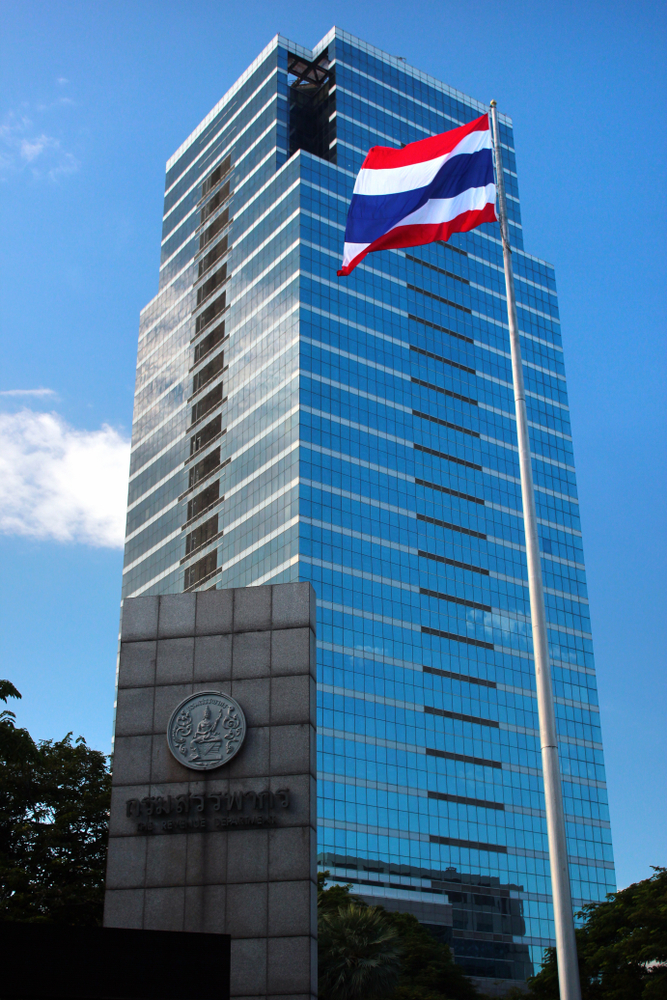Government Overview
Country
Local Long Form: Ratcha Anachak Thai
Local Short Form: Prathet Thai
Formerly Known As: Siam
Etymology: Name means "Land of the Tai [People]." The meaning of the word tai is uncertain, but may originally have meant "human beings," "people," or "free people."
Capital
Bangkok
Geographic coordinates: 13 45 N, 100 31 E
Time Difference: UTC+7 (12 hours ahead of Washington, DC, during Standard Time)
Independence
Date: 1238 (traditional founding date, never colonized)
Constitution
History: Many previous; latest completed 29 March 2016, approved by referendum 7 August 2016, signed into law by the king 6 April 2017.
Amendments: Proposed as a joint resolution by the Council of Ministers and National Council for Peace and Order (the junta that has ruled Thailand since the 2014 coup) and submitted as a draft to the National Legislative Assembly. Passage requires majority vote of the existing Assembly members and presentation to the monarch for assent and countersignature by the prime minister (2017).
Legal System
Civil law system with common law influences
Citizenship
Citizen By Birth: No
Citizen By Descent: At least one parent must be a citizen of Thailand.
Dual Citizenship Recognized: No
Residency requirement for Naturalization: Five years
Suffrage
Suffrage: 18 years of age, universal and compulsory
Executive Branch
Chief of State: Monarch
Head of Government: Prime Minister
Cabinet: Council of Ministers nominated by the prime minister and formally appointed by the monarch. A Privy Council advises the monarch.
Description: The executive branch operates under the authority of a prime minister, who directs a Council of Ministers in overseeing and administering the day-to-day functions of state. A hereditary monarch sits at the head of the state, constitutionally empowered to act in times of political crisis, but otherwise operating in mostly ceremonial roles. The prime minister, in addition to being chair of the Council of Ministers, is the leader of the House of Representatives and guides a legislative agenda. The prime minister is appointed by the monarch, traditionally chosen from among the leadership of the party or coalition that holds the most seats in the House. The prime minister serves for as long as he or she holds the confidence of the House, up to a limit of eight years.
Legislative Branch
Description: Lawmaking authority is vested in the bicameral National Assembly (Rathhasapha), composed of a Senate (Wuthissapha) and House of Representatives (Saphaphuthan Ratsadon). The Senate holds 250 seats, with members appointed by the Royal Thai Army for five-year terms. The House of Representatives holds 500 seats, with 375 members elected in single-seat constituencies by simple majority vote and 150 members elected in a single nationwide constituency by party-list proportional representation vote. Members serve four-year terms.
Judicial Branch
Description: The highest judicial bodies are the Supreme Court, Constitutional Court, and Supreme Administrative Court. The Supreme Court consists of a court president, six vice presidents, and 60–70 judges, and is organized into 10 divisions. Judges are selected by the Judicial Commission of the Courts of Justice and approved by the monarch for a length of tenure the monarch determines. The Constitutional Court consists of a court president and eight judges. Of these nine judges, three are drawn from the Supreme Court, two from the Supreme Administrative Court, and four are selected by the Selective Committee for Judges of the Constitutional Court. The judges are confirmed by the Senate and formally appointed by the monarch for nine-year terms. The Supreme Administrative Court consists of a number of judges determined by the Judicial Commission of the Administrative Courts. Judges are selected by the Judicial Commission of the Administrative Courts and appointed by the monarch to serve for lifetime terms. Subordinate courts include courts of first instance and appeals courts within both the judicial and administrative systems, and military courts.
Copyright © 1993—2025 World Trade Press. All rights reserved.

 Thailand
Thailand 

